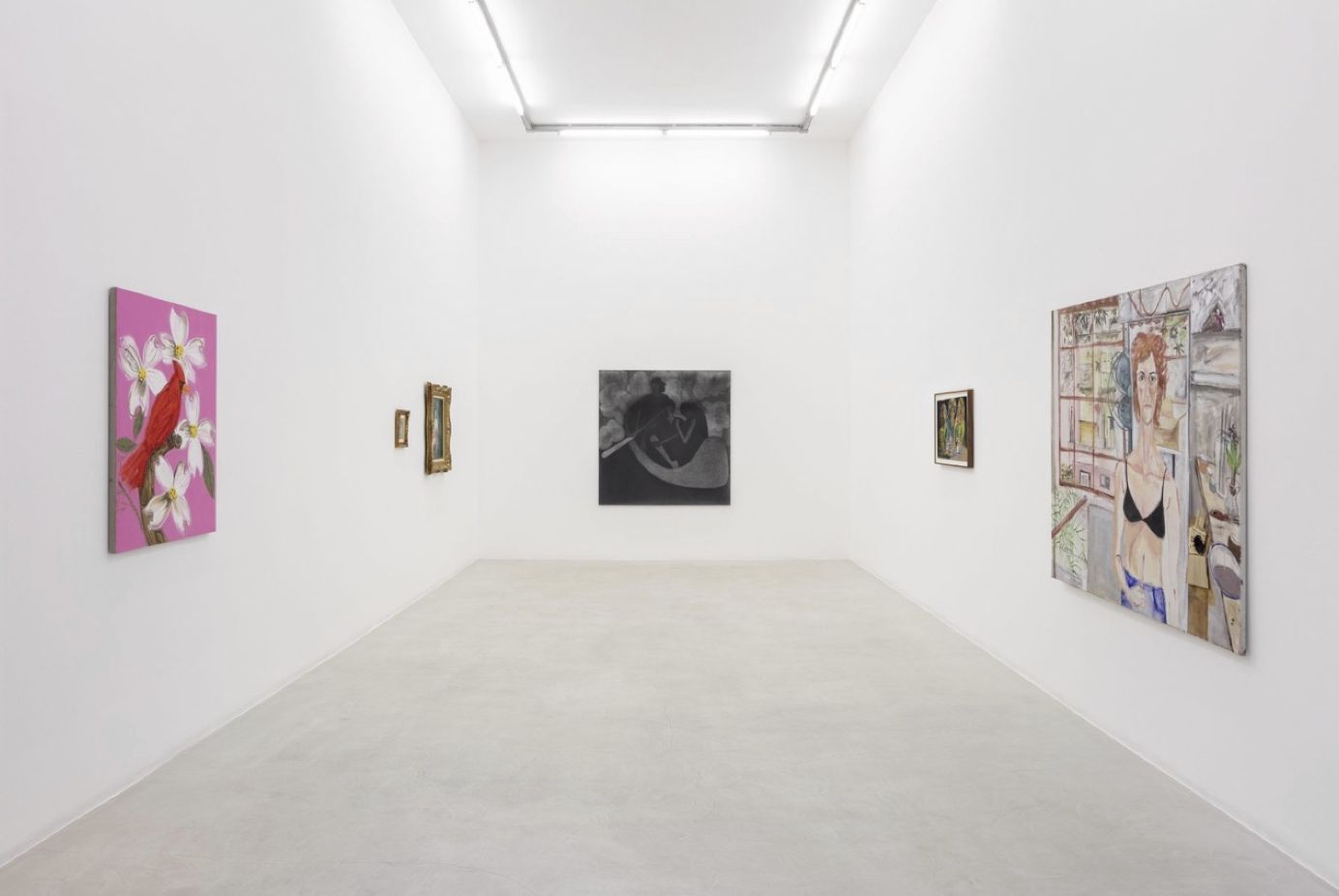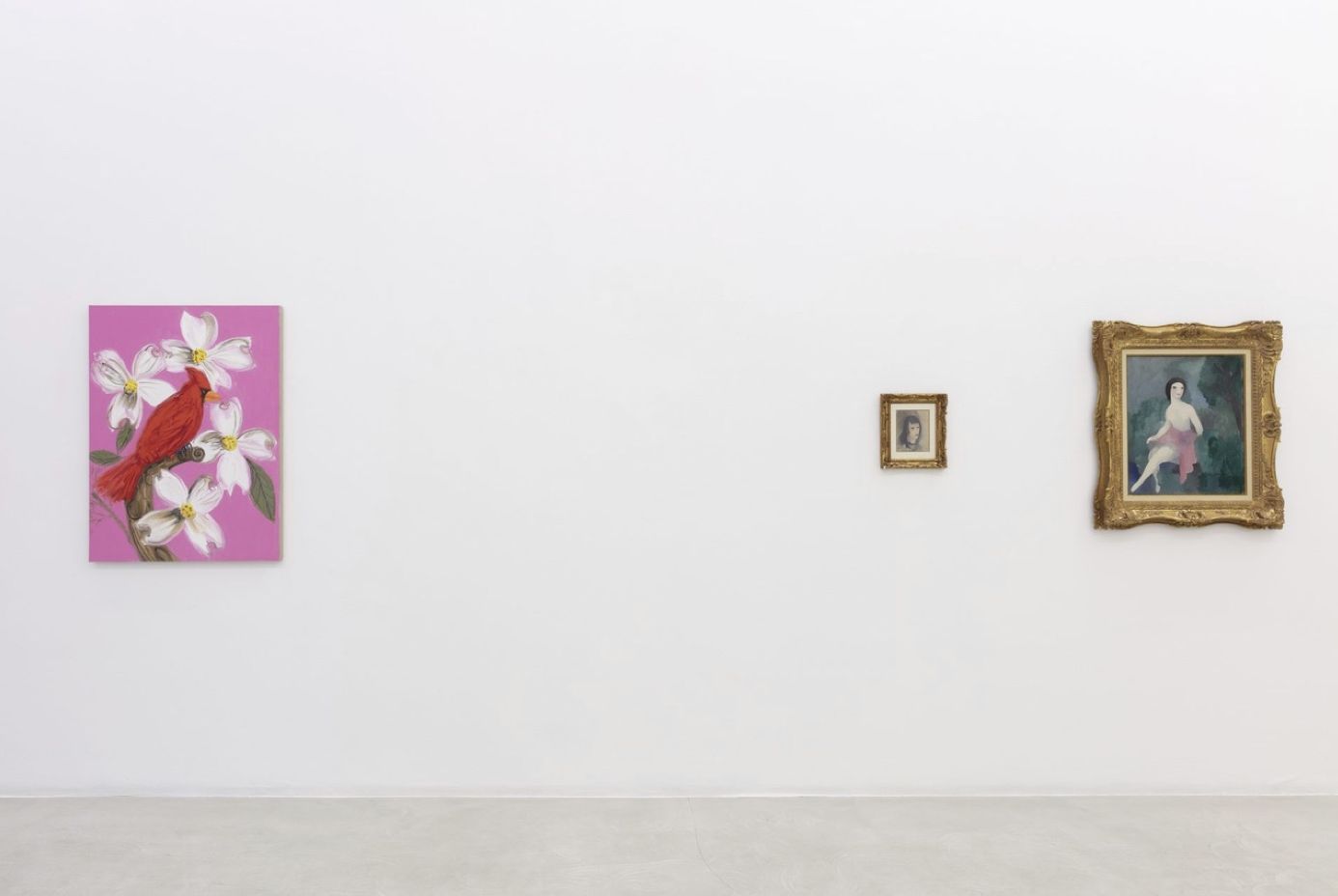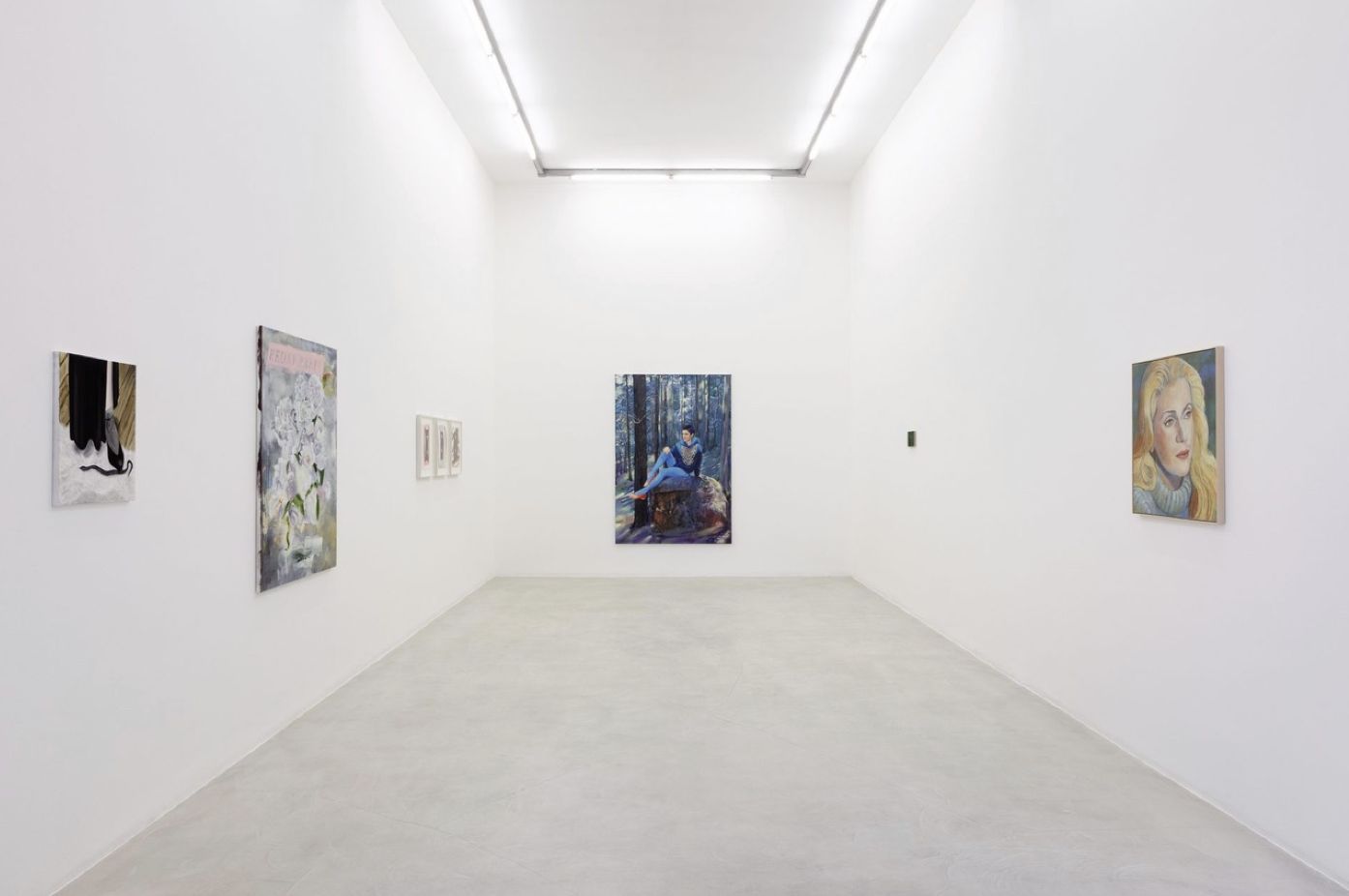| Exhibition | an ego of her own |
|---|---|
| Location | kaufmann repetto Milan & kaufmann repetto New York |
| Date | 2021, Oct 5–Nov 7 (Milano) 2021, Nov 6–Dec 7 (New York) |
| Artists | Alissa McKendrick Aliza Nisenbaum Ann Craven Anthea Hamilton Aria Dean Birgit Mergerle Brook Hsu Elisa Filomena Emma Amos Hayv Kahraman Issy Wood Jeanette Mundt Jordan Kasey Katja Seib Mamma Andersson Marcia Schvartz Marie Laurencin Maximiliane Baumgartner Paulina Olowska Silke Otto-Knapp |
La femme est le contraire du Dandy. Donc elle doit faire horreur. La femme a faim, et elle veut manger; soif, et elle veut boire. Elle est en rut, et elle veut être foutue... Le beau merite! La femme est naturelle, c'est-a-dire abominable. - Baudelaire
This exhibition reclaims the position of the dandy for women. The title derives from a recently translated version of Viennese theoretician Oswald Wiener’s 1982 text, Eine Art Einzige, which was elected for re-publication in the Fall 2019 issue of October. Though literally meaning (in translation) “A sort of unique one” or “A sort of singular being”, the translation here has surmised the meaning to be “An Ego of Her Own,” attributing a female clause to a genderless preposition. While the task here isn’t necessarily to analyze the translator’s decision to insert the “ego” into the title, nor Wiener’s absence in discussing gender in relation to the dandy, the re-publishing of this essay in English catalyzed an opportunity to postulate the existence of a female dandy, a sort of antithesis to the traditional [male] dandy. The timing of this translation happened to coincide with a developing aesthetic trend, a particularly romantic, sincere, and feminine approach to painting and other media whose stylistic ubiquity has become increasingly palpable in the last decade, representing a distinct re-routing from the cool, mechanical, and dandy-ist approach which rose to popularity in Europe and the US at the turn of the millennium.
The dandy-ist philosophy is originally a Eurocentric one: Charles Baudelaire is perhaps the most recognized to have written frequently and prolifically on the concept of the dandy, a (mostly) male figure who occupied certain social and cultural milieus at turn of the 18th and 19th centuries, notably in cosmopolitan cities like London or Paris. Among many characteristics, be it in terms of class, behavior, aesthetics, and lifestyle —or a melange of these— Baudelaire claims that a dandy must “live and sleep in front of a mirror”. This here highlights the cybernetic tools necessary for a dandy to thrive: a dandy must receive constant feedback, for a dandy’s subjectivity is defined by what they observe and what is reflected back to them. It is here that Wiener elaborates upon the dandy as a cybernetic organism; if the dandy doesn’t like what they see around them, or it doesn’t befit their perceived reflection, they escape a situation by manipulating one’s own perception of it. The dandy is highly in touch with their ego, which is responsible for reality-testing. In the translator Jakob Schillinger’s introduction to the Wiener text, he remarks that in “observing how the other observes, the dandy renders observation reflexive”. In other words, the act of gaining information about the other is what in fact defines the observer. This cybernetic cycle is the core behavioristic tool of the dandy.The point here however is not to commend the dandy as a male phenom of the 18th and 19th centuries, but to attempt to shape a new definition of la dandie and the space she occupies in the 21st century (and in this exhibition, the emerging depictions of this female figure as depicted by women artists). The female dandy co-opts the strategy of the male dandy who in turn co-opts the female strategy of being observed, being seen. This is a double reversal, and essentially, a parasitic strategy OF liberation. It is a double-mirror situation. A dandy defines themselves based on the reflection of those around them, whereas the female dandy defines themselves not solely via the gaze of others, but from within. Baudelaire was then right in saying “woman is the opposite of the dandy” (if only that), but for the wrong reasons.
The women portrayed in the paintings of this exhibition together depict the image of the female dandy: a 21st century woman who —unlike a “traditional” male dandy (who is made in the image of those whom he observes)— is made in their own sovereign image, resistant to the cybernetic feedback of the others’ gaze be it male, media, or societal.

1/3 
2/3 
3/3